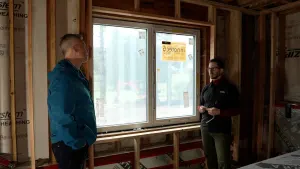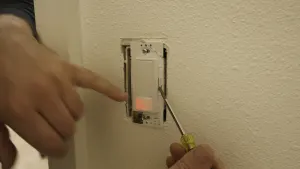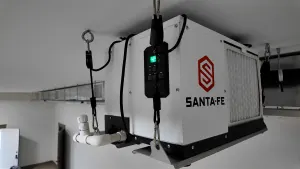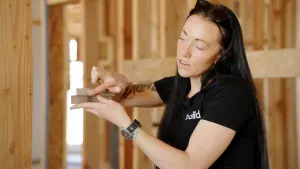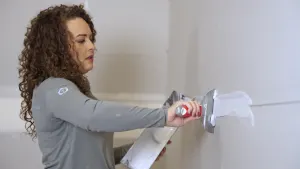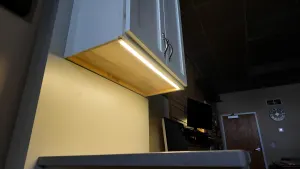IAQ & Ventilation for Texas Homes
If you read generally about the topic of Indoor Air Quality and Ventilation rates the theory is that the air inside our homes is “dirty” and needs to be diluted with “clean” air from outside. So, does this theory hold true in the Hot/Humid climate zone of the Southern US, and how do we implement this in a thoughful way? I find the air outdoors to generally be fantastic and “fresh” in January, but I don’t always feel that way in July.
The generally accepted standard in the US for ventilation is ASHRAE 62.2. This says the for every occupant you need 7.5 CFM of fresh air plus 1CFM per 100SF of floor space. For instance a 3000 sq foot house with a family of 4 would need: 7.5×4 + 3000/100 = 30+30 = 60CFM or 60 cubic feet of fresh air per minute. That’s a lot of ventilation, especially if the air coming into the house is hot/humid. This is a pretty broad rule, but is there any better or more specific advice on this topic?
Building Science Teacher Joe Lstiburek’s advice is: “Dilution is not the solution to the indoor pollution”. I saw Joe present at a conference a few months ago and he did a great visual demonstration to make his point. He took a clear glass and put a 1/2″ of coffee at the bottom. The coffee represents the pollution.
 |
| A bit of coffee to represent a pollutant in your house’s air. |
Next, he poured clean water on top till the glass was full. His point is that it takes HUGE amounts of dilution to make the water pure again.
 |
| Did the dilution solve the pollution problem? |
When it comes to specifics about our Texas climate and ventilation rates, there isn’t a great amount of information available. (See this fantastic blog post by Martin Holladay on this topic) Here’s my thoughts on what to do if you’re in Texas:
#1 Eliminate as many pollutants as possible.
- Use all sealed combustion gas equipment. Gas furnaces should all be 90%+ efficient units that use PVC vents and a sealed combustion chamber (No metal flue should be present). Water heaters should be mounted outside if tankless, or High Efficiency Gas (or Heat Pump Electric) if inside the house.
- This seems obvious but don’t smoke in your house, not so obvious is don’t burn candles. Candles are terrible for Indoor Air Quality (here’s a great article from CNN on candle emmissions)
- Pay attention to introduced pollutants. That “new car” smell is bad for you, same goes for furniture, cabinets, carpet, and paint. Buy cabinets that meet green standards. I much prefer cabinet cases made from plywood vs particle board. Ask for plywood that is Formaldehyde free or CARB compliant.
- Be careful about cleaning supplies and the chemicals they bring into your house.
#2 Source Control
- Choose good exhaust fans for your bathrooms, put them on countdown timers, and run them for 60 minutes every time you shower. I really like the Panasonic exhaust fans coupled with Leviton countdown timers.
- Choose front loader washers which don’t emit much soapy/humid air.
- Run your kitchen exhaust fan when cooking with a Gas Cooktop (Nitrogen Dioxide is formed from burning Natural Gas), or use an Induction Cooktop which many of my clients prefer anyhow and they don’t heat the house as much as a gas range. (Link to my KA Induction Review)
#3 Ventilation Equipment – BUILD Tight / Ventilate Right
- So, even if we’ve followed all the steps above we still want to ventilate. My opinion is that you can cut the ASHRAE 62.2 standard by 50%. We want some fresh air, but not so much as to pay a huge energy penalty with our hot/humid air coming inside. Using 50% of ASHRAE 62.2 on the 3000 sf house example above yields a number of 30CFM of fresh air introduced continuously. My opinion is that the houses I’m building should probably be satisfied with this amount of dilution.
Stay Tuned, Next week I’ll blog on Good – Better – Best methods for Fresh Air Ventilation…
Best,
Matt Risinger

 Share on facebook
Share on facebook Tweet
Tweet Email
Email Share on Linkedin
Share on Linkedin






